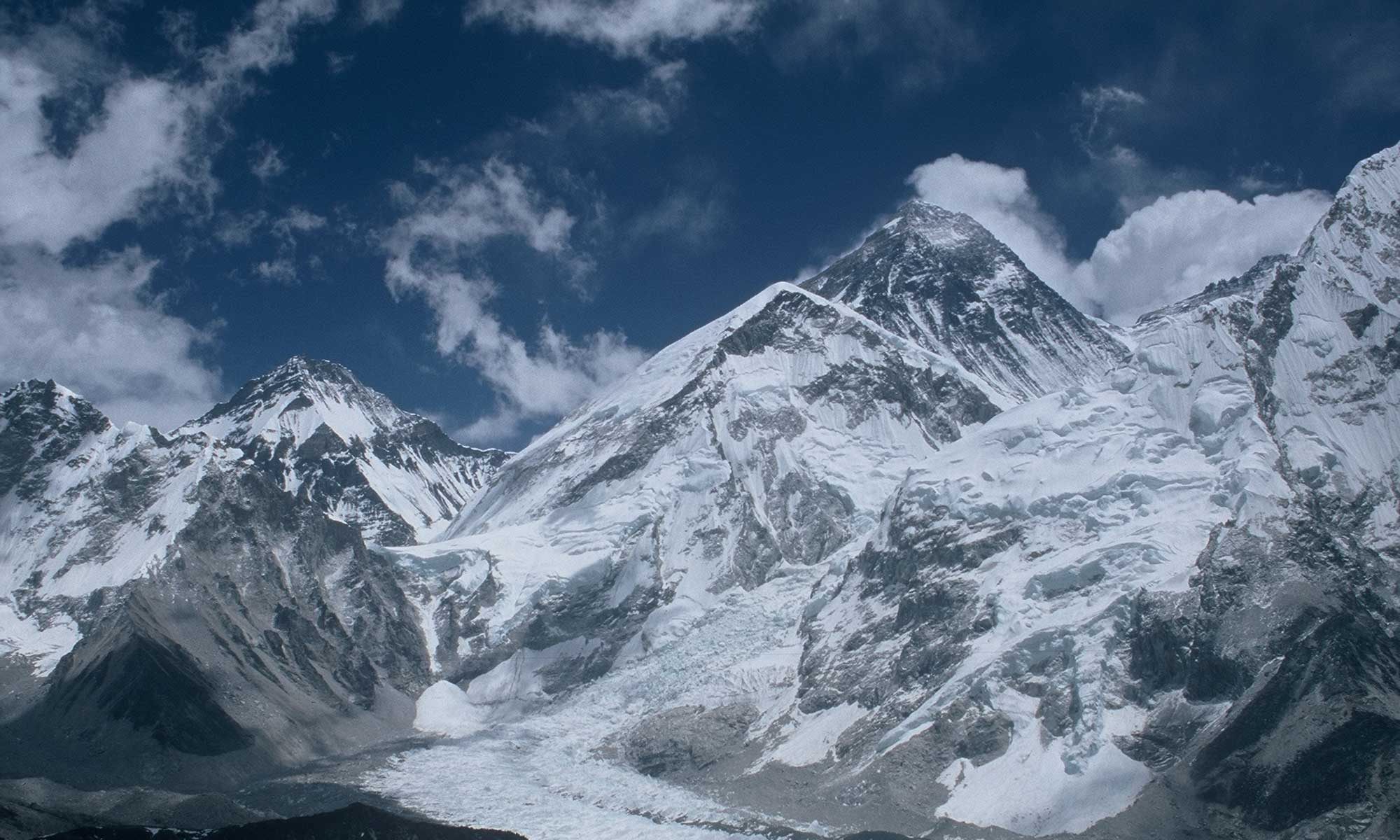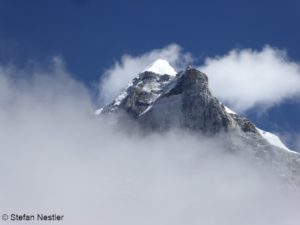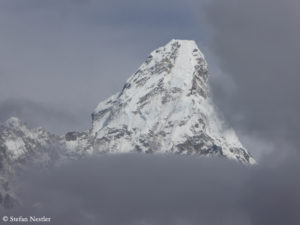Back and forth and forth and back. The information policy of the Nepalese government in times of Corona is one big hullabaloo. Therefore it is really difficult to distinguish between what is fact and what is rumor. Officially, the country is – despite continued high corona infection rates – open for mountaineers and trekking tourists since last Saturday. Before that there had been reports that the date would be postponed by one month to mid-November. Apparently, however, this only applies to tourists who do not want to come to Nepal for trekking or mountaineering.
Expeditions to Ama Dablam and Himlung
But does anyone enter the country at all? On its homepage, the Ministry of Tourism presents two permits for foreign expedition teams: One, led by the American Garrett Madison, wants to climb the 6,814-meter-high Ama Dablam near Mount Everest, the other the 7,126-meter-high Himlung Himal. Madison and Co. are scheduled to arrive in Kathmandu on Tuesday and Wednesday, the members of the Himlung expedition between Friday and Monday next week.
Twelve trekking regions open
According to the Trekking Agencies’ Association of Nepal (TAAN), all mountain tourists must present a negative corona test on entry, which must not be older than 72 hours. In Kathmandu a quarantine of at least one week follows, with a further test on the fifth day of the stay. Only after the week in a hotel in the capital should it be allowed to continue towards the mountains. Intermediately it was said that the demand for quarantine might be dropped. This is currently no longer being discussed.
The TAAN identifies twelve reopened trekking regions, including the areas around the eight-thousanders Mount Everest, Kangchenjunga, Manaslu and Annapurna, whereby the detour to Annapurna Base Camp remains closed.
Many new COVID-19 infections
Today, 3,790 new corona cases were reported in Nepal, about two thirds of them from the Kathmandu Valley. In total, the authorities have registered more than 136,000 infections, 757 people have died of COVID-19. The number of unreported cases is likely to be high. The mountain regions have so far been largely spared by the pandemic – if the official figures are correct.



